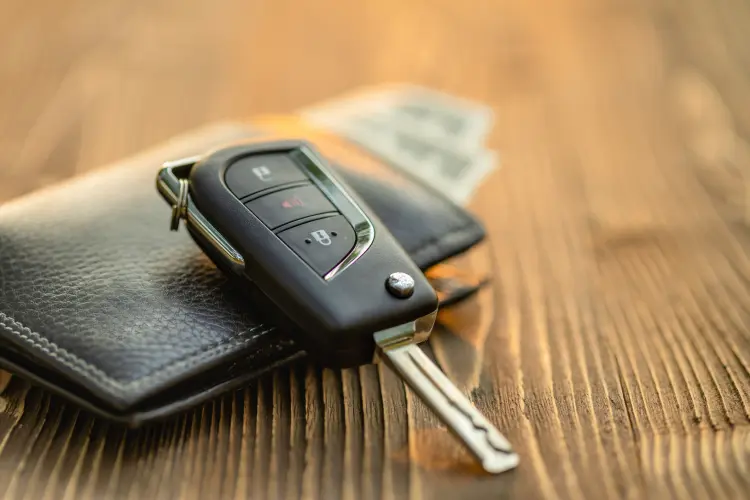The True Cost Of Car Repairs: Is An Extended Warranty Worth It?
expensive car repairs
7,274In today’s world, even routine maintenance can add up—RepairPal reports the average vehicle repair cost was $403 in 2022, up 2.8% year-over-year—and major breakdowns can quickly climb into the thousands. Below, we break down typical repair bills, compare them to average extended-warranty costs, and help you decide if a service contract makes financial sense for your ride.

Common Repair Costs
-
Check-Engine Light Diagnosis: $122–$233 on average for code reading and basic testing.
-
Air-Conditioning Repair: $384–$445 to fix leaks, recharge refrigerant, or replace minor components.
-
Transmission Fluid Service: A flush or leak repair runs $165–$290, but a full rebuild can cost $1,100–$3,200.
-
Transmission Replacement: Swapping in a new or remanufactured transmission averages $5,700–$6,259—often a deal-breaker without coverage.
-
Engine Rebuild: Labor and parts for a rebuild typically total $2,000–$4,500, depending on damage and complexity.
-
Engine Replacement: A brand-new factory engine at a dealer can run about $7,850, excluding high-performance or luxury models.
The Price of Peace of Mind
Extended warranties cost money too. According to WalletHub, the average plan runs about $1,500 total (with most policies between $1,000 and $3,000), and ConsumerAffairs notes annual premiums of $600–$1,000. Car Talk puts it at roughly $130 per month (or about $3,000 upfront) for comprehensive coverage.
Cost-Benefit Analysis
Consider a $2,000 warranty versus a single $6,000 transmission replacement. Skip one major repair and the policy pays for itself. Even moderate repairs—say, an engine rebuild ($3,000 avg.)—can outweigh the warranty cost. If your repair bills consistently exceed your annual warranty spend, coverage is likely worth it.
Factors to Weigh
-
Vehicle Reliability: A Honda Civic may need far fewer costly repairs than a luxury German sedan—research your make/model’s RepairPal Reliability Rating before buying coverage.
-
Mileage & Age: Higher-mileage or older cars face greater breakdown risk; warranties are most cost-effective when part failures become likely.
-
Deductibles & Exclusions: Lower deductibles raise premiums; some plans exclude wear-and-tear items like brake pads or filters.
-
Budget & Risk Tolerance: If a surprise $4,000 bill would strain your finances, a warranty smooths out expenses—even if you never file a claim.
Making Your Decision
-
Tally Your History: Add up your out-of-pocket repair costs over the last 2–3 years.
-
Compare Quotes: Get extended-warranty estimates tailored to your VIN—online providers often beat dealership prices.
-
Read the Fine Print: Confirm covered components, network requirements, and claim processes.
-
Factor in Financing: Many plans offer no-interest monthly payments to align with your budget.
Why Cuvrd Might Be Right for You
With the Cuvrd platform it takes under 60 seconds to see eligible coverage options, compare full-pay savings versus 36-month payment plans, and choose the protection level that aligns with your wallet. No hidden fees, no paperwork—just transparent pricing and instant peace of mind.
Bottom line: If your projected repair spending over the warranty term exceeds the cost of coverage—especially given how quickly a major transmission or engine bill can snowball—an extended warranty can be a smart hedge against unpredictable auto expenses. Ready to see your options? Get a quote through a Cuvrd partner and lock in the coverage that fits your budget and driving habits.
TL;DR: In today’s world, where a routine repair can run $400+ and major fixes like a transmission swap can exceed $6,000, understanding your potential out-of-pocket costs is more important than ever. In this post, we break down typical repair bills, compare them to average extended-warranty prices, and give you a clear framework for deciding whether a service contract is a smart financial move for your vehicle.
— Neil Coker
